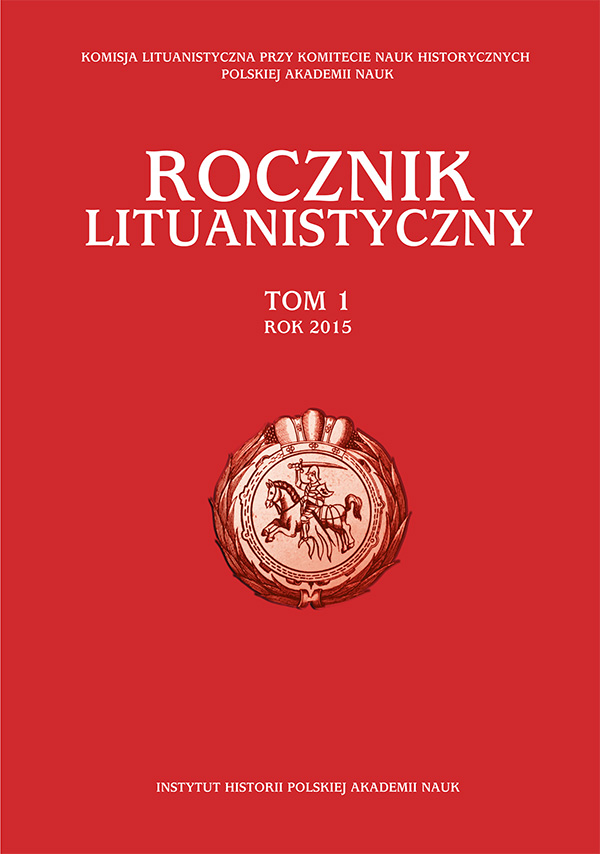Mecenat muzyczny Radziwiłłów w XVIII wieku – od Karola Stanisława do Karola Stanisława „Panie Kochanku” Radziwiłła
Musical patronage of the Radziwill family in the eighteenth century – from Karol Stanislaw to Karol Stanislaw “Panie Kochanku” Radziwill
Author(s): Irena BieńkowskaSubject(s): Theatre, Dance, Performing Arts, Music, 18th Century
Published by: Instytut Historii im. Tadeusza Manteuffla Polskiej Akademii Nauk
Keywords: Radzivill family; XVIII century; music patronage;
Summary/Abstract: Support for musical and theatrical activities by the Nesvizh line of the Radziwill family in the eighteenth century merits attention because of the innovative solutions and high artistic level of the music production. Within the context of royal court theatre, the princes created thriving cultural centres within their residences. For example, the first stages and free-standing theatre buildings were built (Slutsk, Biała), one of the first Polish operas was played at the court of Karol Stanisław (1784), and the first professional ballet group consisting solely of Polish dancers was developed in Slutsk (1756). The princes acquired musical instruments that were both modern and of good quality (by contemporary standards) for their courts. We can also observe that significant effort was made by the princes to attract good performers, though the same effort was not made to recruit worldfamous composers. Less positive observations of patronage of the arts by the Radziwill family would include the low level of support provided to the careers of the artists, as well as the failure to amass a collection of quality music that would provide evidence of the patrons’ refined tastes. The Radziwill family failed to create centres of music to do justice to the courts’ size and the ambitions that the royal families professed to have. Their courts’ attempts lagged far behind the ambitious cultural projects realised by the finest aristocratic centres in Western Europe. It is clear that the main reasons for this stem from the family’s intellectual shallowness in the eighteenthcentury, though another reason could be the lack of tradition and social acceptance in Poland at the time for the nobility to engage in musical affairs. Despite this the continuity of the Radziwill family’s patronage of the arts is worth noting, because there are few similar examples in eighteenth-century Poland. We know of interesting and comparable artistic projects within the courts of J.K. Branicki, M.K. Ogiński or A. Tyzenhauz, but these activities had no successors, while the continuity of musical patronage observed within the courts of Rzewuski, Lubomirski or Sapieha families, did not have the scale of the Radziwill efforts.
Journal: Rocznik Lituanistyczny
- Issue Year: 2015
- Issue No: 1
- Page Range: 171-183
- Page Count: 13
- Language: Polish

